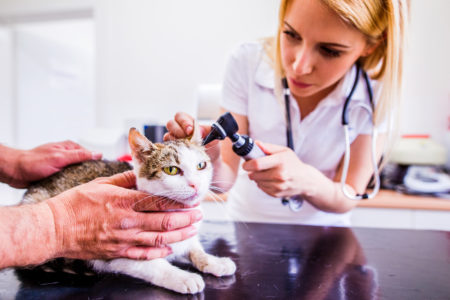Internal & External Parasites
Internal parasites such as roundworms and coccidia live inside the gastro-intestinal tract, while external parasites such as lice and flies live on or around the animal. All parasites mustn’t be treated as one group when planning control measures
Most internal parasites are worms and single-celled organisms that can exist in the intestines of dogs or cats. The most common worms are roundworms, hookworms, whipworms, and tapeworms. Common unicellular parasites are Coccidia and Giardia.
At some point in their lives, many pets experience discomfort from external parasites such as fleas, ticks, or mites on their skin or ears. These parasites can irritate pets, cause severe skin problems, or even transmit disease.
Humans can accidentally ingest the eggs of infective worms that have passed through an animal’s feces and remained in the environment. The eggs can then hatch in the human intestinal tract, and the immature worms can travel to various tissues in the body, including the eyes and brain, causing severe infections.
Any parasitic infection can cause inflammation and problems with the immune system. If your pet has another medical condition, such as diabetes, a parasitic infection can make it worse. These parasites can shut down major body systems if the infestation is not controlled and be life-threatening.
External and internal parasites are diagnoses that no pet parent wants to receive but can be avoided. From maintaining good hygiene to monthly preventive medication, there are various measures you can take to prevent parasites.






























